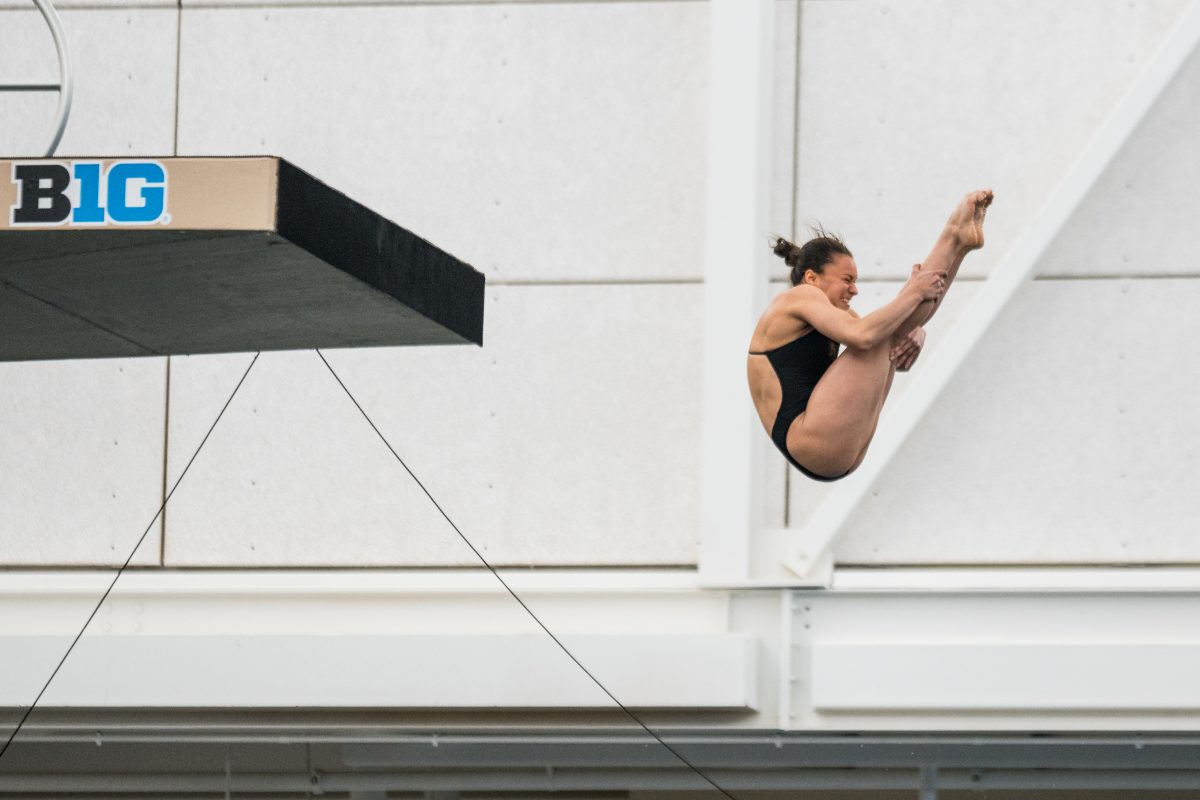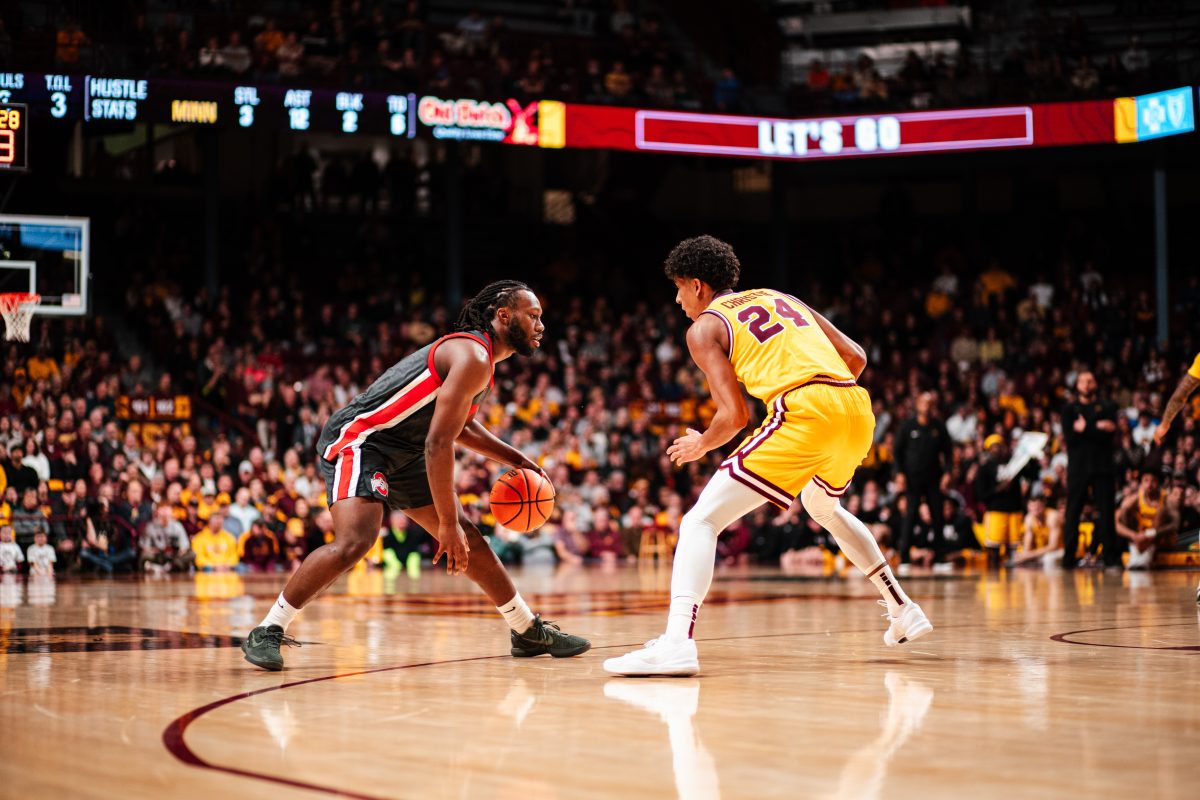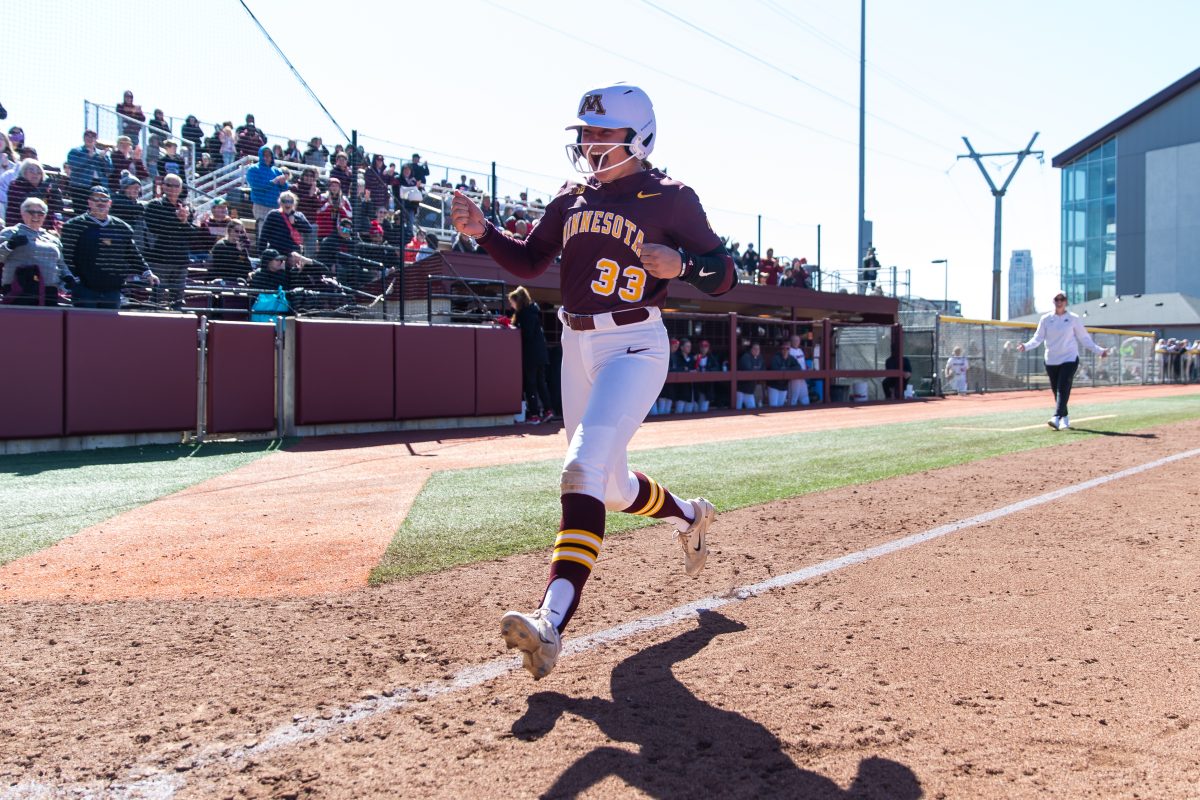The Big Ten Network generated profits of $79.2 million last year — about as much as the Gophers athletics department has in its budget.
With the help of television deals, each school in the Big Ten will receive an all-time high of approximately $24.6 million in revenue-sharing from the conference and the NCAA, the St. Louis Post-Dispatch reported.
That represents about 30 percent of the University’s athletics revenue each year, said Tom McGinnis, associate athletics director for finance. “It’s obviously key for us and one of our biggest sources of revenue.”
The payouts include $7.2 million per school from the Big Ten Network as well as $10 million per school from the conference’s contracts with ESPN/ABC and CBS, the Dispatch reported.
The BTN, the first exclusive conference television network, didn’t pay out as much as it did the previous year ($7.9 million per school), but it has been the reason for the conference’s increasing distributions since its creation in 2007.
Minnesota received a $14 million share from the Big Ten the year before the network’s creation, as reported in financial documents sent to the NCAA. The next year, payouts were almost $19 million per school. Now it’s nearing $25 million.
The BTN’s success has prompted other major conferences to look into creating their own television networks. The Pac-12 will begin its in August, and the SEC discussed the possibility at its annual spring meetings.
McGinnis, the Gophers’ CFO since October, said the extra money is welcomed, but it’s not necessarily a bonus. McGinnis said growth in Big Ten revenue-sharing is expected and accounted for in the following year’s budget to account for increases in costs.
“We’ve got costs that go up every year, like anyone,” McGinnis said. “And we incorporate a lot of [Big Ten] funds into our general operation.”
With a budget around $79 million, nearly one-third of which came from the Big Ten, conference distributions are more critical to Minnesota than a school like Ohio State, which has a budget of $132 million, according to the U.S. Department of Education.
Elizabeth Eull, former Minnesota associate athletics director in charge of finances, said that chunk of revenue is used to support the existing programs at Minnesota and ensure they’re funded fairly.
“It really allows the University to continue to have a philosophy of a broad-based program and to have 25 teams that are each funded in a way that allows the student-athletes to have a chance at a championship season,” said Eull, who’s now the deputy chief of staff in President Eric Kaler’s office.
Even with the Big Ten distributions, Minnesota still has to borrow money from the University’s central fund to break even.
“It is really a godsend that the Big Ten is capable of providing that support,” said Richard Pfutzenreuter, the University’s CFO. “Without it, I’m sure the budget situation here in intercollegiate athletics would be much worse.”
The University gave the Gophers a $2.3 million subsidy in 2011, and while self-reliance is the goal, Pfutzenreuter said that may not happen anytime soon.
“It depends on a whole bunch of ‘what if’s,’” Pfutzenreuter said. “But I just don’t know if it’s possible in the foreseeable future.”
Conference distributions at smaller schools
While self-sufficiency remains a topic of discussion at Minnesota, many lower-tiered Division I athletics programs simply can’t afford it.
Northern Iowa’s athletics department, which funds half of its own budget, receives only $300,000 annually in revenue-sharing from the Missouri Valley Conference. Other athletics programs in the conference sometimes need their university to pay for more than half of their budget.
UNI athletics director Troy Dannen said all Division-I conferences use the same model of revenue-sharing, but conferences at the lower D-I level provide less money to athletics programs.
UNI receives no television revenue, and Dannen said its $300,000 in conference revenue comes mainly from NCAA basketball tournament shares.
“It’s dramatically different [from the Big Ten],” he said.
At UNI, the university’s central fund pays for about half of the athletics department’s $13 million budget. Dannen said a large subsidy like that is common across the Missouri Valley Conference and that UNI is actually at an advantage.
“Most [MVC] schools don’t generate that much of their budget — they’re typically supported by about 75 percent,” he said. “But we’ll never be capable of being self-supportive.”
Dannen said the school’s 17 sports, which include football, are easy to fund if they stay true to their identity.
“We’re not the Big Ten or the Big 12, and we can’t try to be,” he said. “We know we can’t compete against them financially.”
North Dakota State University’s athletics director Gene Taylor said his program may have a leg up on its lower-level competition financially, but it’s nowhere close to the Big Ten.
“We’re fortunate here to generate significant funds through ticket sales, fundraising and marketing,” Taylor said. “We don’t have to rely on institutional funding as a lot of places do.”
The Bison have a $15 million budget for 16 sports, but they field a very successful football program, which has helped the department fund itself internally. NDSU won the D-I Football Championship Subdivision title in 2011.
Taylor said NDSU receives $528,000 annually from its conference, the Summit League, none of which comes from television revenue. That’s 2 percent of what Minnesota receives from the Big Ten.
“We’re never at the level of [Bowl Championship Series] schools for obvious reasons,” Taylor said. “You see the millions of dollars [television contracts] can bring into your program — it certainly sets you up to be successful.”














